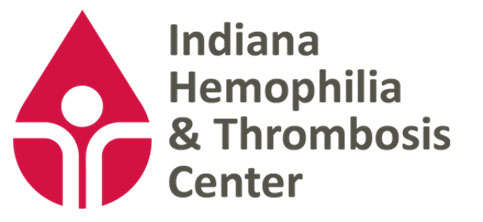Activity Number and Title
An Overview of the Background, Inheritance and Pathophysiology of von Willebrand Disease
Release Date
October 24, 2022
The estimated time to complete this activity is 45 minutes.
Purpose Statement
The purpose of this online learning activity is to enable the learner to develop an understanding of von Willebrand disease (VWD) by examining the discovery and evolution of scientific knowledge about VWD; genetic inheritance of the bleeding disorder; production, structure, and functions of von Willebrand factor (VWF); and characteristics of the different types of VWD.
Educational Objectives
- Review the history of von Willebrand Disease (VWD), including its discovery and evolution of scientific understanding of the bleeding disorder
- Discuss the epidemiology, inheritance, and diagnosis of VWD
- Examine the production, structure, and functions of von Willebrand factor (VWF)
- Differentiate the types and subtypes of VWD, including types 1, 2, and 3
Target Audience
This enduring material is intended for nurses and other healthcare professionals employed within the federally recognized U.S. hemophilia treatment center network (USHTCN) seeking training on von Willebrand disease (VWD) relating to the history and evolution of our understanding of the condition, the role of von Willebrand factor (VWF), and the differentiation of the multiple classifications of VWD.
Topics/Content
This online learning activity provides an outline of the history, inheritance, and pathophysiology of von Willebrand Disease (VWD). It includes a description of how VWD was discovered and traces the evolution of knowledge about the bleeding disorder. It also details the genetic inheritance of VWD and the likelihood that offspring of an affected parent will be born with VWD. The activity examines the production and many functions of von Willebrand factor, described as the Jedi knight of the bloodstream. Finally, the activity differentiates the types of VWD on the basis of laboratory features. VWF function, VWF multimer quantity and quality, and symptoms.
Faculty w/ credentials
- Roshni Kulkarni, MD
- Usha M. Reddy, MD
- Bruce L. Evatt, MD
- Connie H. Miller, PhD
Contact Information
System Requirements
- 2 gigabytes of RAM
- High speed internet connection
- Any one Internet browser (current version) Firefox, Safari, Chrome, or Edge
- Cookies and JavaScript must be enabled in the browser

